 One of the more useful apps on my phone allows me to take a picture of documents and receipts and convert them instantly into a PDF file. The apps automatically detect page corners and “flatten” the raw images into a high-quality scan with results that are very similar to a traditional scanner. From there, I can either e-mail the file or upload it to Dropbox, Evernote, Google Drive, etc. I find myself using it very often for both business and personal reasons.
One of the more useful apps on my phone allows me to take a picture of documents and receipts and convert them instantly into a PDF file. The apps automatically detect page corners and “flatten” the raw images into a high-quality scan with results that are very similar to a traditional scanner. From there, I can either e-mail the file or upload it to Dropbox, Evernote, Google Drive, etc. I find myself using it very often for both business and personal reasons.
This post was originally about a $5 app that was temporarily free, but the “sale” ended before I could publish it. Instead, while trying out the various apps I found that many offer really good functionality for the nice price of free. Try them out and see which one works best for you:
- CamScanner Free (iPhone / Android) – This one appears to have the most features available in a free app, but it does add a little watermark to the bottom of the PDF. 4.5 stars on Apple, 4.5 stars on Google.
- TinyScan Free (iPhone / Android) – Lots of positive reviews, 4.5 stars on Apple, 4 stars on Google.
- Genius Scan Free (iPhone / Android) – Lots of positive reviews, 4.5 stars on Apple, 4 stars on Google.
If you know of any better apps, please let me know in the comments.
 I totally missed this app the first time around, but PaperKarma is an iPhone/iPad app and Android app that helps you stop junk mail. Catalogs, magazines, coupon books, flier, credit card offers, yellow books, etc.
I totally missed this app the first time around, but PaperKarma is an iPhone/iPad app and Android app that helps you stop junk mail. Catalogs, magazines, coupon books, flier, credit card offers, yellow books, etc. 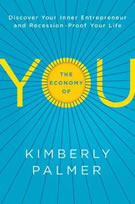
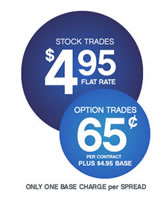
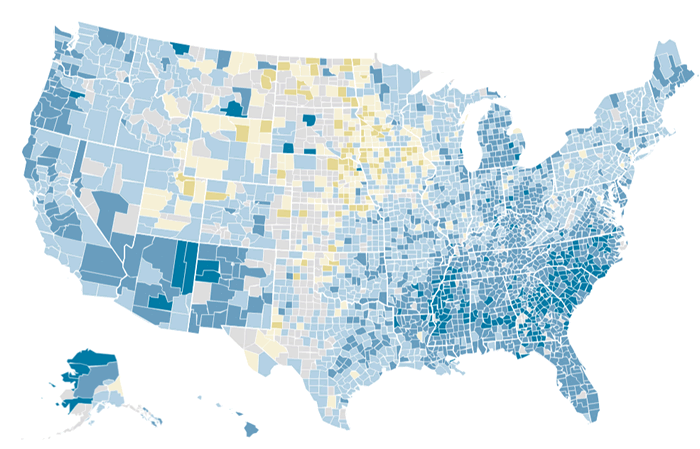
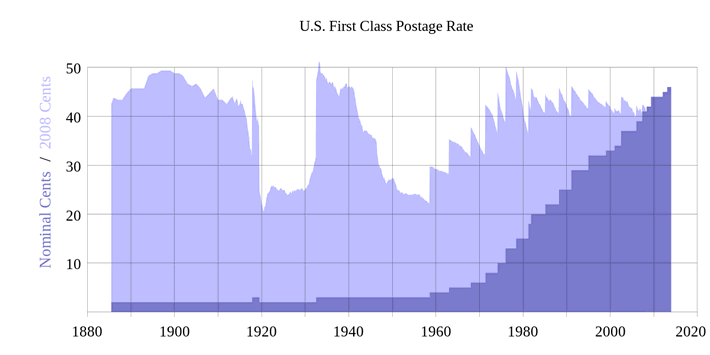
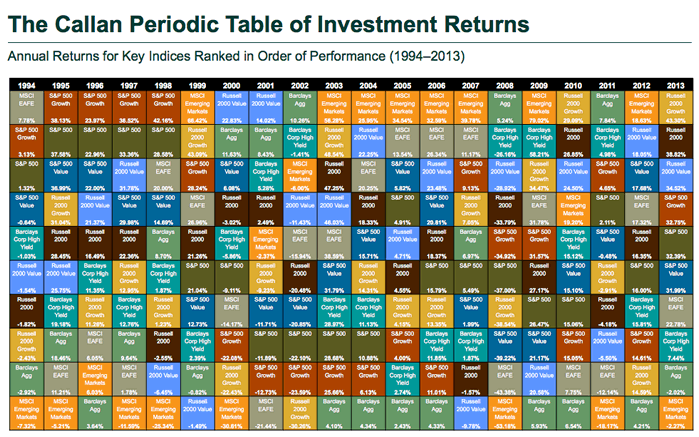

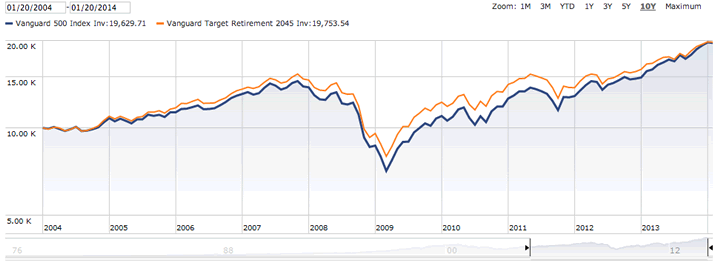


 The Best Credit Card Bonus Offers – March 2024
The Best Credit Card Bonus Offers – March 2024 Big List of Free Stocks from Brokerage Apps
Big List of Free Stocks from Brokerage Apps Best Interest Rates on Cash - March 2024
Best Interest Rates on Cash - March 2024 Free Credit Scores x 3 + Free Credit Monitoring
Free Credit Scores x 3 + Free Credit Monitoring Best No Fee 0% APR Balance Transfer Offers
Best No Fee 0% APR Balance Transfer Offers Little-Known Cellular Data Plans That Can Save Big Money
Little-Known Cellular Data Plans That Can Save Big Money How To Haggle Your Cable or Direct TV Bill
How To Haggle Your Cable or Direct TV Bill Big List of Free Consumer Data Reports (Credit, Rent, Work)
Big List of Free Consumer Data Reports (Credit, Rent, Work)